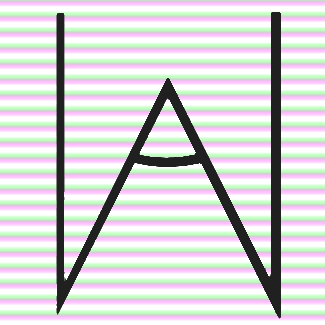ChatGPT-4: The AI Revolutionizing Communication for a Digital Age
- We are meta

- Mar 16, 2023
- 3 min read
If you’re like the rest of us, you’ve been hearing the acronym ‘GPT’ a lot in recent months, especially with the launch of the latest version this week, ChatGPT-4. It seems to come up in every other conversation, whether that’s in the boardroom or overheard from that loud table next to you at dinner. What is it, why is there so much hype around it, and what does it mean for the future? Let’s dig in!

What’s a Gee-Pee-Tee?
Did you know that the GPT in GPT-4 stands for "Generative Pre-trained Transformer"? While it may sound like something from a sci-fi movie, it's actually the latest and greatest in AI language models created by OpenAI. In this article, we'll explore the ins and outs of ChatGPT-4, from its training process to its practical applications, and discuss what sets it apart from its predecessor, GPT-3.
Training Language Models: The Secret Sauce
Language models like ChatGPT-4 are trained using a technique called unsupervised learning. They're exposed to massive amounts of text data from various sources, such as books, websites, and articles. The models learn to understand and generate human-like text by predicting the next word in a sentence, given the words that came before it.
Imagine a digital apprentice, diligently studying countless conversations and texts to learn the intricate patterns and nuances of human language. With time, it becomes proficient in understanding context, grammar, and even creativity.
ChatGPT-4: A Game-Changer in Online Communication
ChatGPT-4 is designed to engage users in dynamic and interactive conversations. Its potential applications are vast, ranging from:
Customer Support: ChatGPT-4 can act as an efficient and friendly virtual assistant, resolving queries and providing information to customers 24/7.
Content Creation: Need a creative boost? ChatGPT-4 can help generate ideas for blog posts, social media content, or even draft emails and articles.
Tutoring: Struggling with a subject? ChatGPT-4 can provide explanations and guidance, making learning more accessible and enjoyable.
Entertainment: ChatGPT-4 can engage users in playful banter, storytelling, or even create personalized jokes and riddles.
GPT-4 vs. GPT-3: The Evolution of AI Language Models
While GPT-3 was a groundbreaking advancement in AI language models, GPT-4 takes it a step further. The most notable differences between GPT-4 and GPT-3 include:
Improved Performance: GPT-4 boasts enhanced accuracy, coherence, and contextual understanding. This translates to more reliable and meaningful conversations with users.
Advanced Training: GPT-4 benefits from an even larger dataset, resulting in a more comprehensive understanding of human language and its nuances.
Customization: GPT-4 offers improved adaptability, allowing developers to fine-tune the AI to cater to specific needs, industries, or applications.
While ChatGPT-4 is undeniably impressive, it's essential to remember that it is still an AI with limitations. Its knowledge is restricted to data up until September 2021, and it may occasionally produce incorrect or outdated information. Nonetheless, ChatGPT-4 represents a monumental leap forward in AI language models and their potential impact on our digital interactions.
In conclusion, ChatGPT-4 is a powerful AI language model that's revolutionizing the way we communicate online. With an array of practical use cases and a significant advancement from its predecessor, GPT-4 promises to shape the future of AI-assisted communication, making our digital world more interactive and engaging than ever before.
(Authored by ChatGPT-4 itself)
Human again - you may think that this is us being lazy, or as a clever way to show its capabilities - whichever it is, you should definitely try it out for yourself.
On the topic of robots, we have our very own that we recently used for a employee engagement event, if you'd like to hear more about how we use innovative technology for our clients, then please get in touch today.




Comments